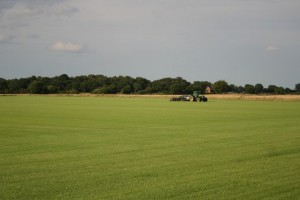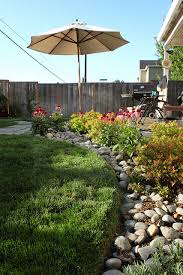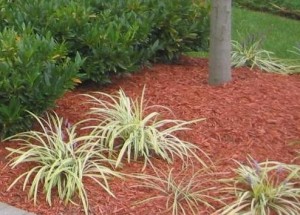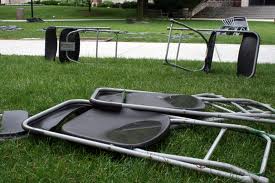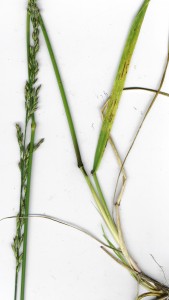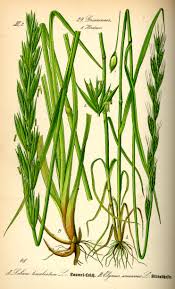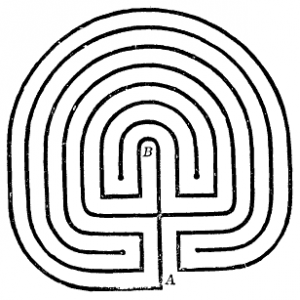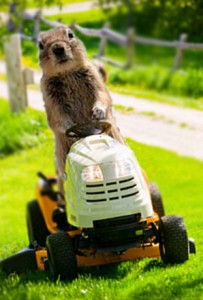Lawn mowers, no matter what the details are, essentially come in one of two forms: riding or walk behind. The kind you choose has a lot to do with personal preference, but the factor of necessity comes into play, too. Should you really buy a riding mower if your lawn is smaller than a postage stamp? Conversely, how effective will a walk behind mower be if your yard is almost as big as a baseball field? In this article, we take a look at the pros and cons of getting a walk behind mower so you can see if it’s the right one for you.
Exercise
There’s no comparison at all when it comes to riding lawn mowers and walk behind lawn mowers. None at all. With a riding lawn mower, the most exercise you’ll get is turning the wheel or hopping on and off. But with a walk behind mower, you’re giving your body one heck of a good workout.
It takes serious strength and endurance to operate a walk behind mower efficiently and cleanly, and it’s one of the easiest ways to get in shape during the warmer months. Plus, you’re using major muscle groups in your body: your legs, to walk with the mower; your arms, to push it; and your core; to keep a perfect balance between you and the machine.
Con
It’s fun to get a workout with a walk behind mower…until the mercury hits the triple digits. Then, it seems like you’re mowing every blade of grass on this planet with no end in sight. And for people with heart or lung problems, it can be a deadly exercise. If you’re going to use mowing the lawn as a way to get in shape, start slow and talk to your doctor first.
Efficiency
Walk behind mowers lag behind their riding cousins, but it’s hardly fair to compare the engines. The former has about as much pep as your dishwasher, while the latter are almost motor vehicles. But instead of comparing the two in terms of pound-for-pound power, let’s look at what each is able to do in terms of what it’s got.
In this case, the walk behind mower wins — again. It’s got a relatively tiny engine that needs hardly any maintenance, comes in gas or electric forms (can the riding mower boast of that?), and performs with the heart of a lion. The riding mower, on the other hand, requires a lot more maintenance because of its bigger size, and can’t be plugged in.
Con
The smaller engine does mean more work for you, so when comparing engine size and the time it takes to get the job done, the walk behind mower falls back a bit. This isn’t so noticeable when you’ve just got a decent-sized lawn but move up in property size, and you’ll really notice the difference.
Cost
You can buy walk behind mowers for a couple hundred dollars and start using them right away. With riding mowers, though, you’re looking to spend a lot more, plus learning how to use the controls while mowing the lawn neatly. There’s just about no learning curve on a walk behind mower, making that and their cheap cost what the Apple products of the world should be.
Con
Cheap doesn’t always equal good, and you’ll have to do your homework before you invest in a walk behind mower. You don’t have to read pages and pages of material on lawn mowers, just keep checking back with our blog to get all the best tips and pointers.


